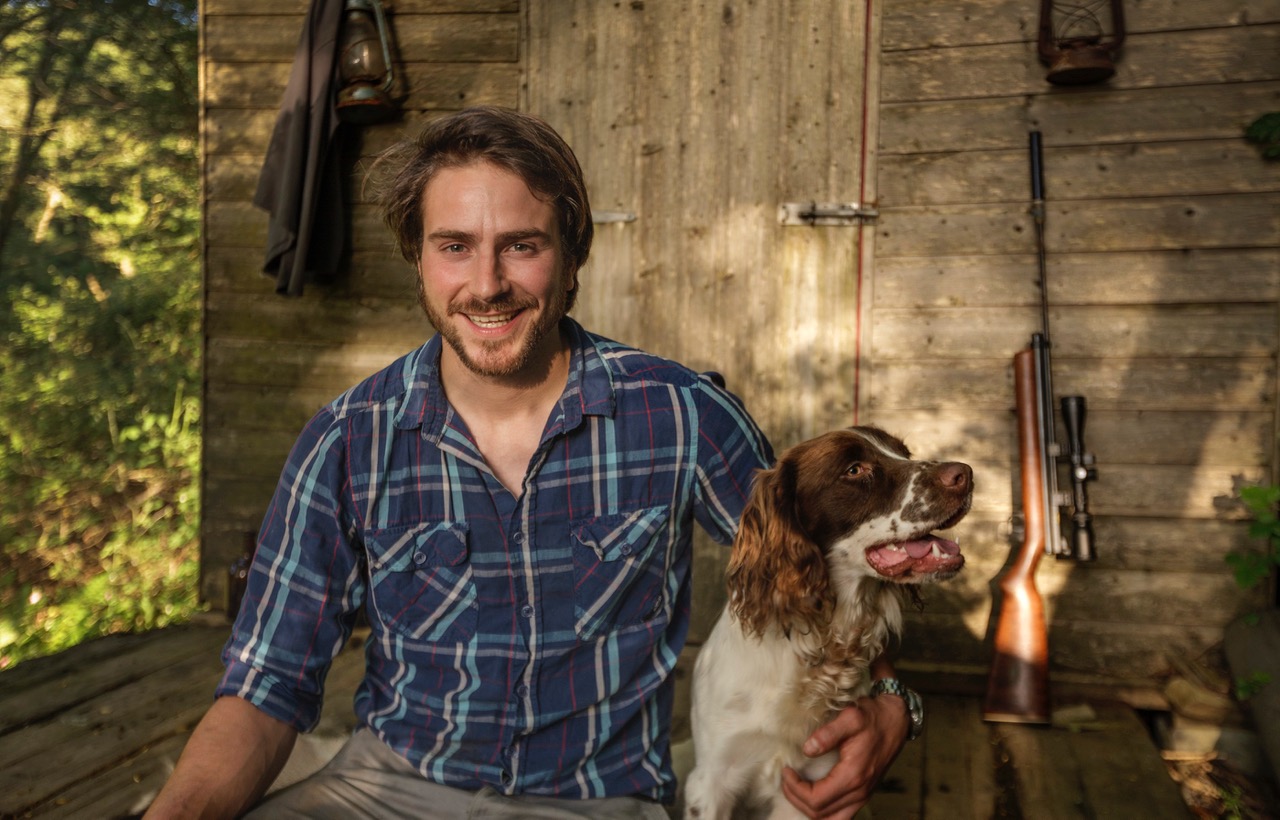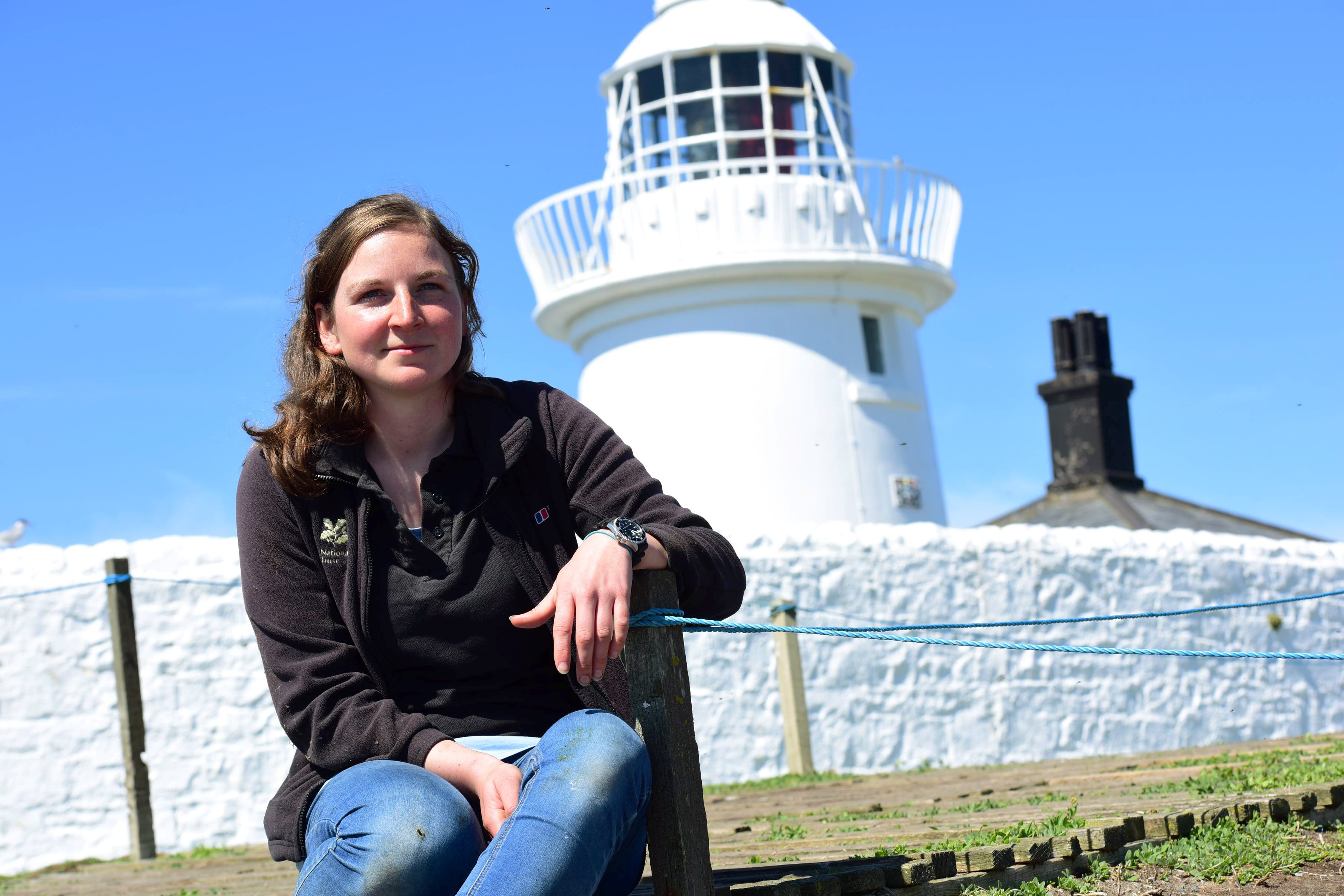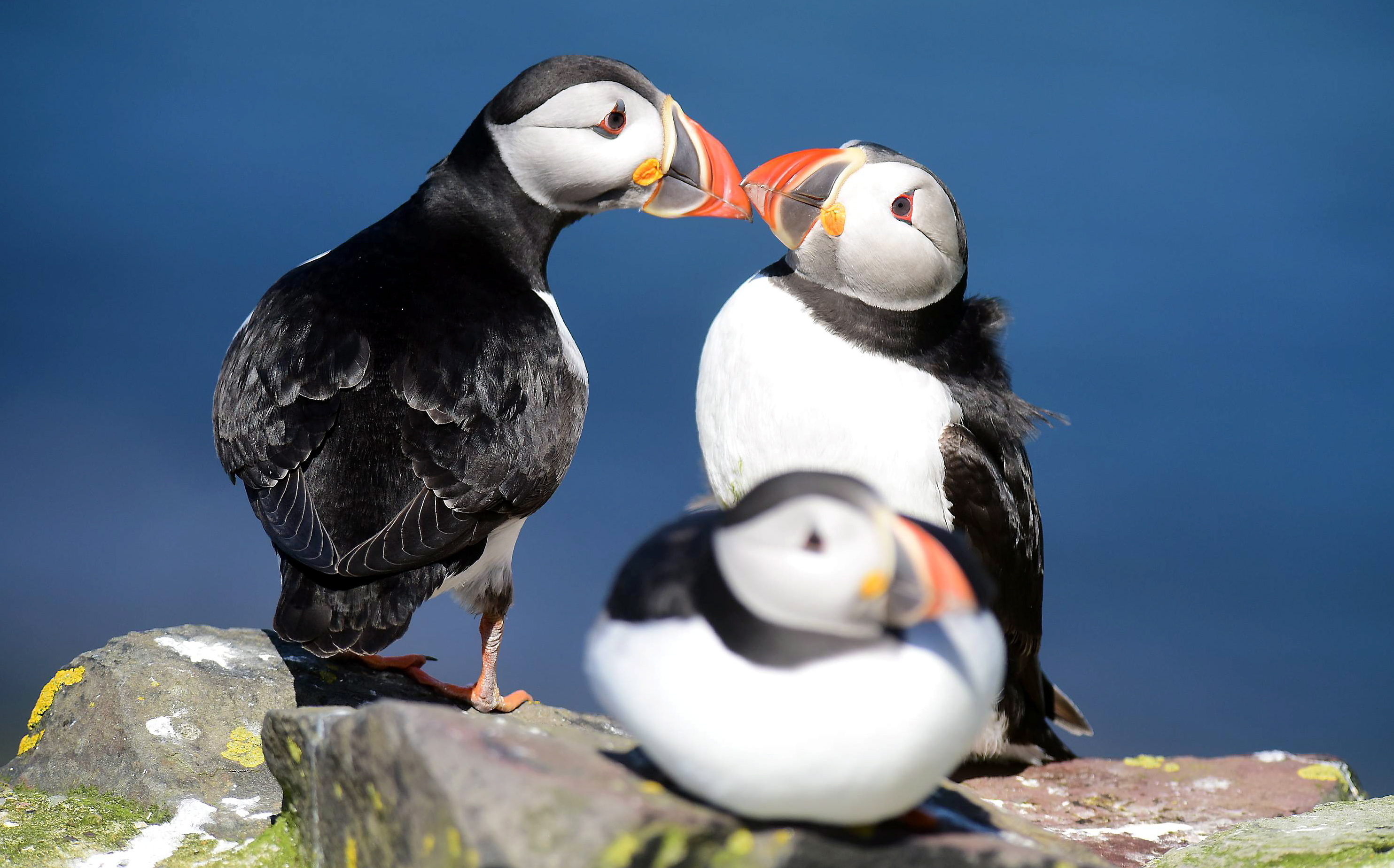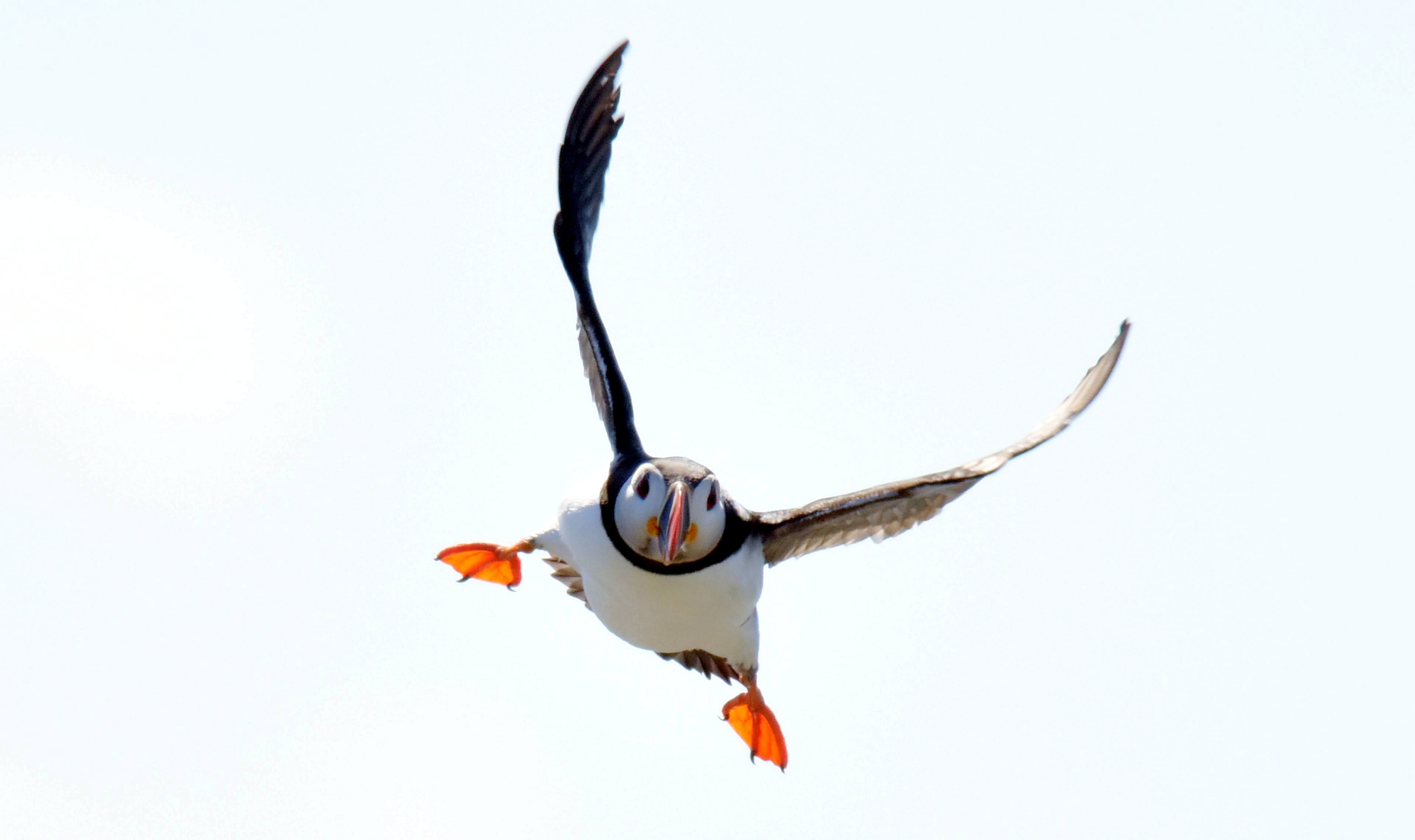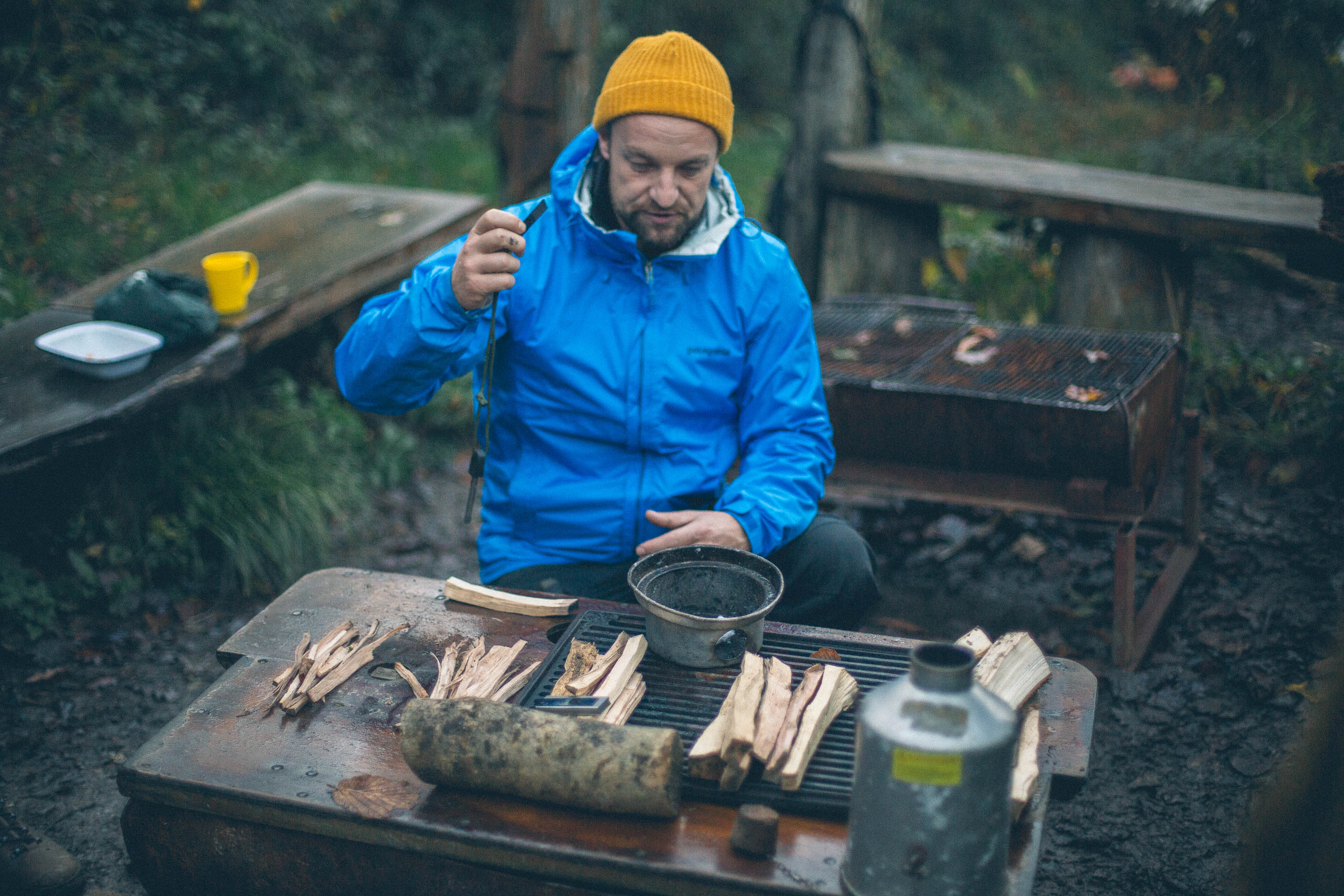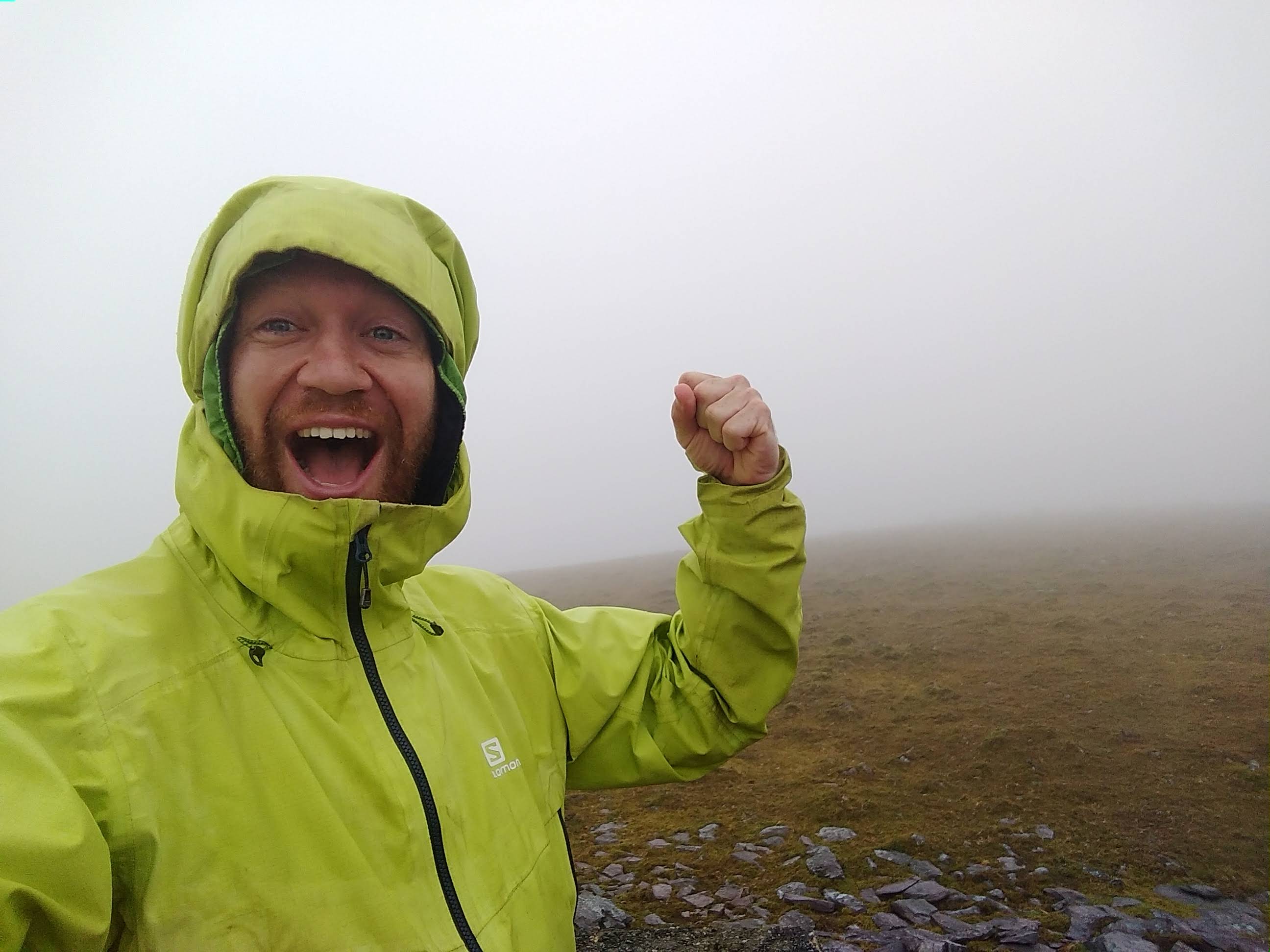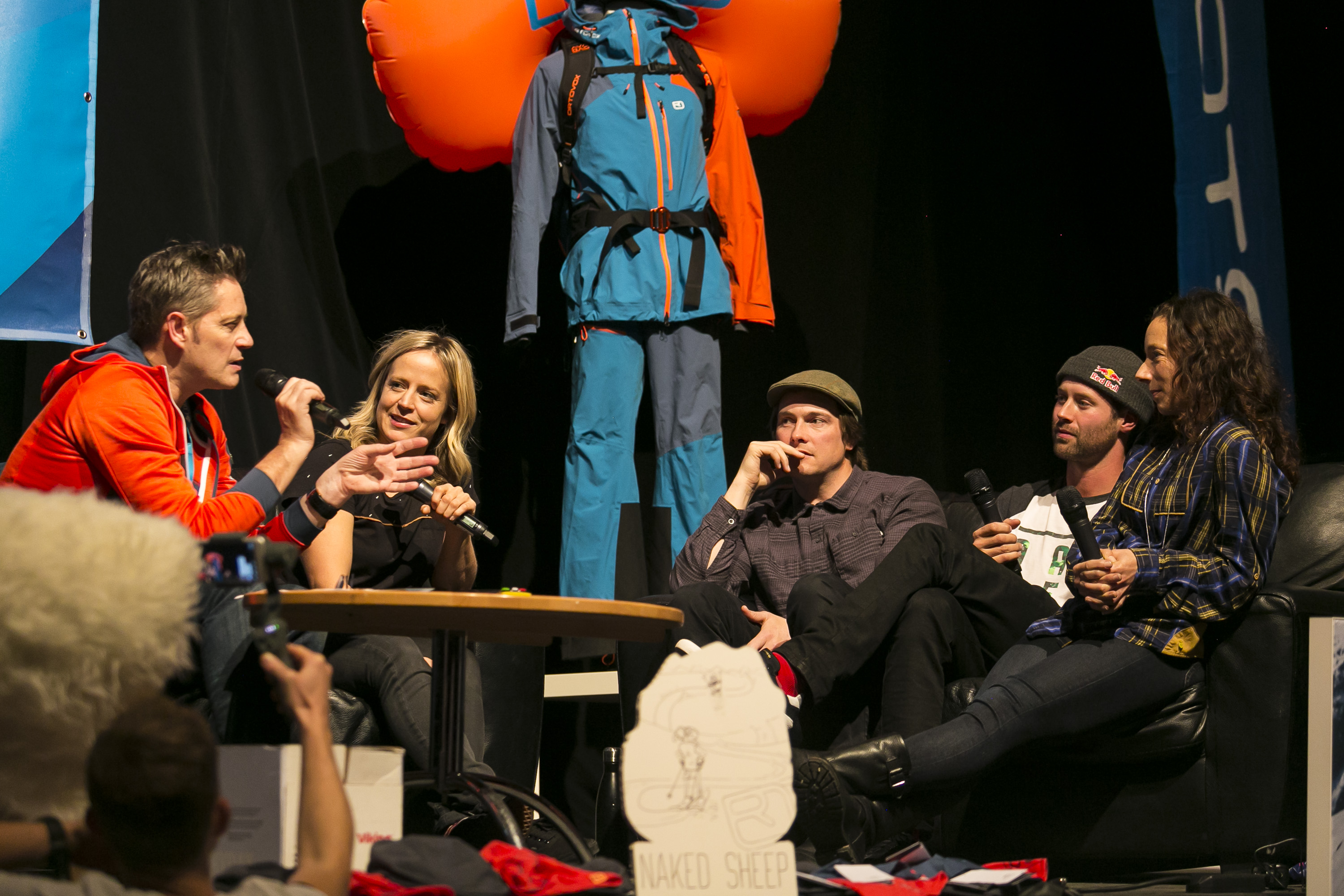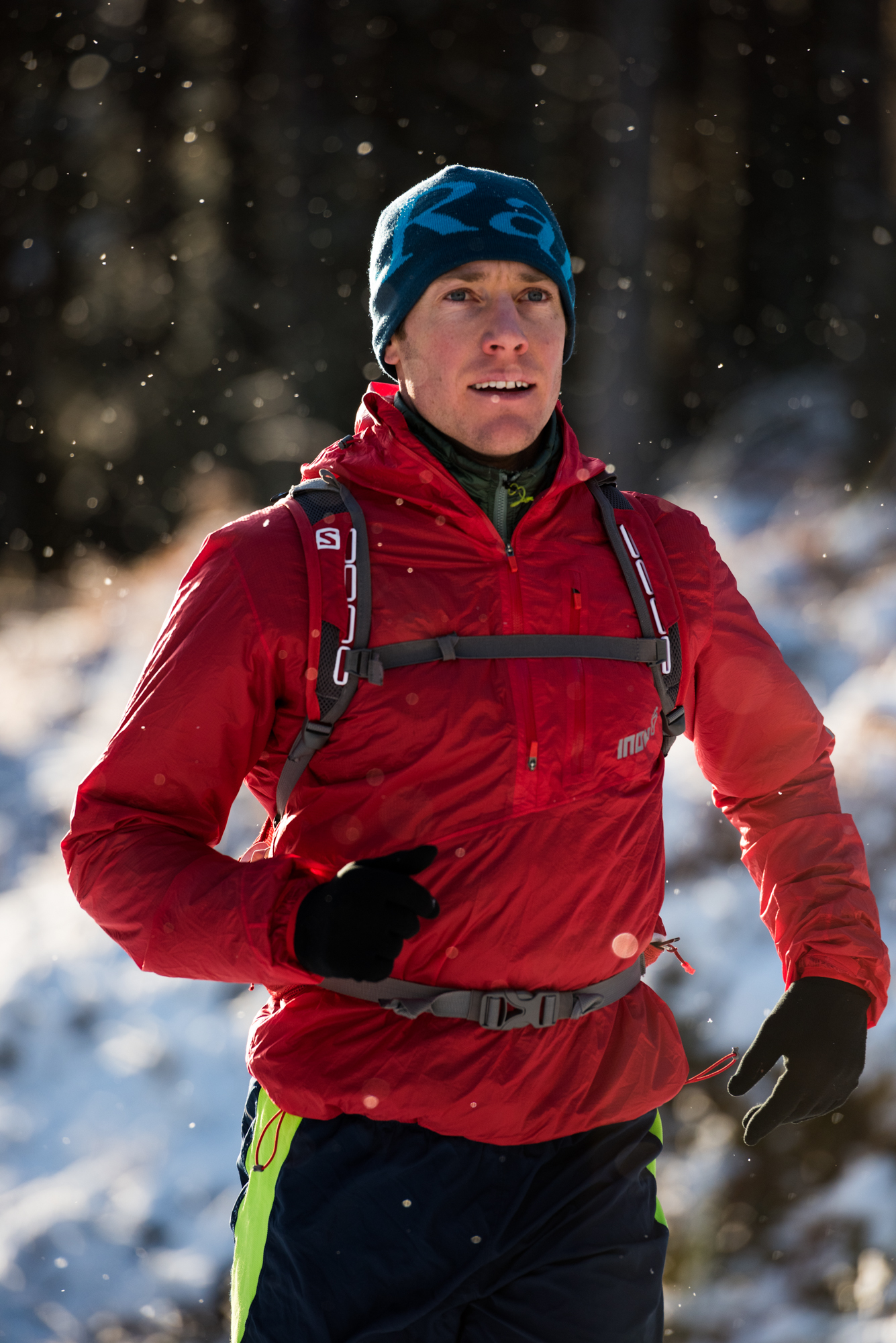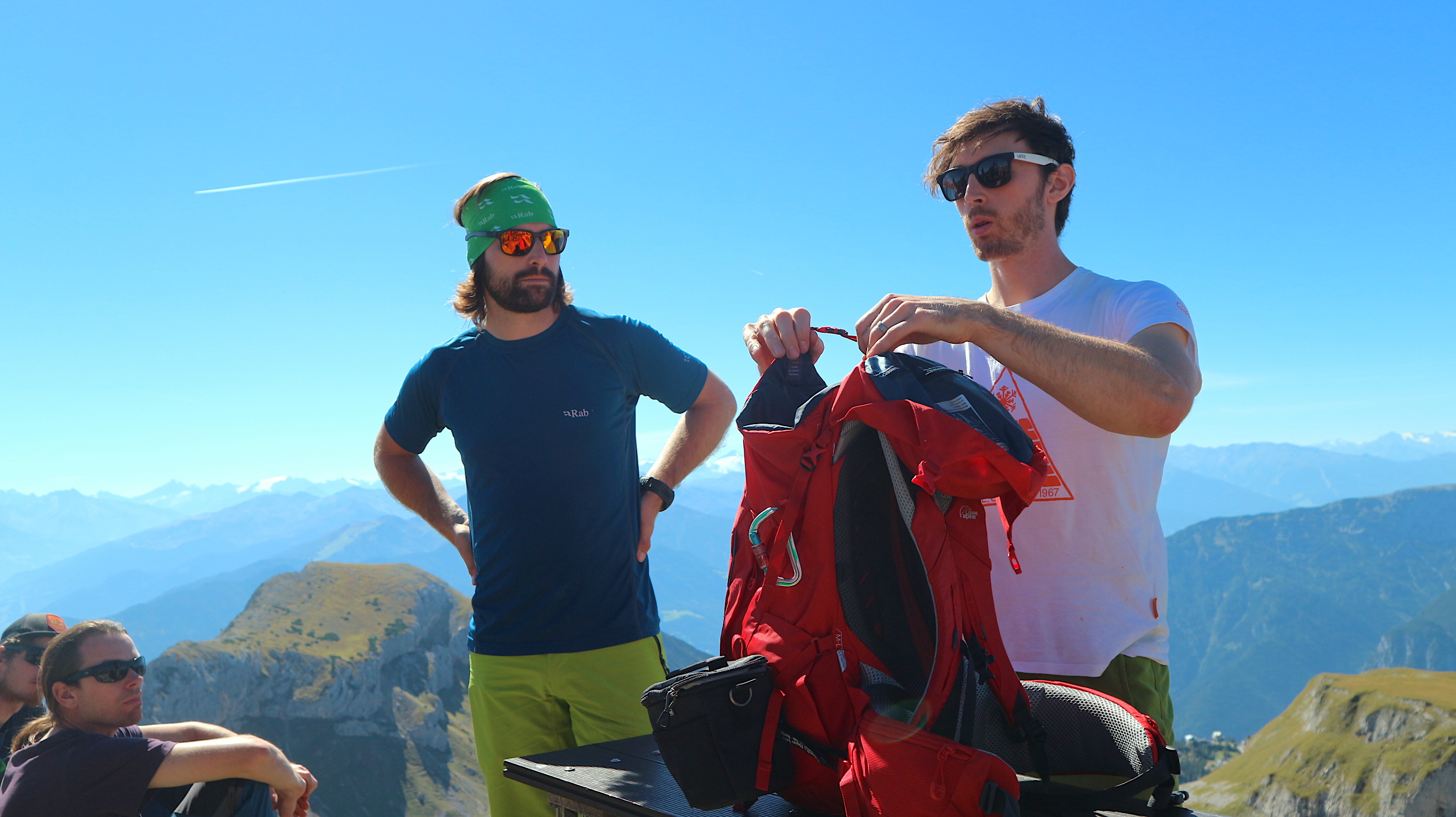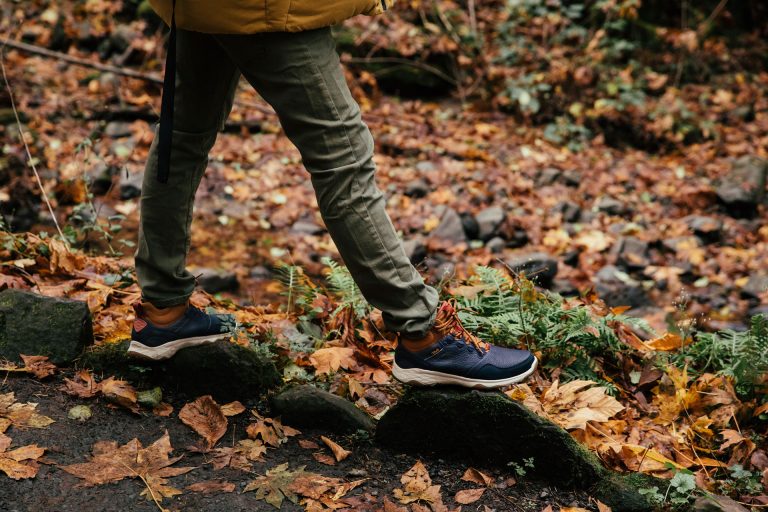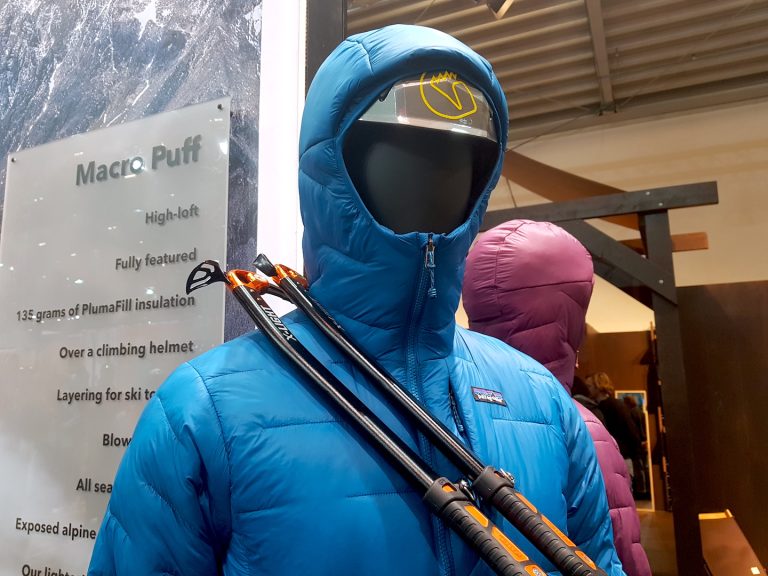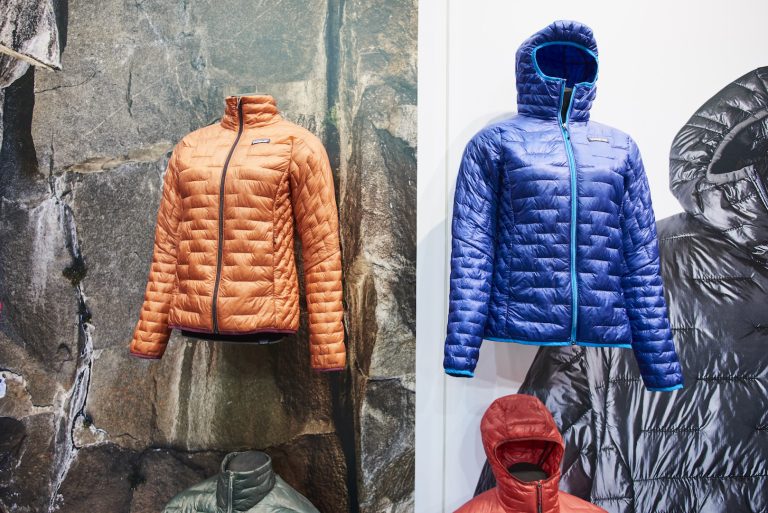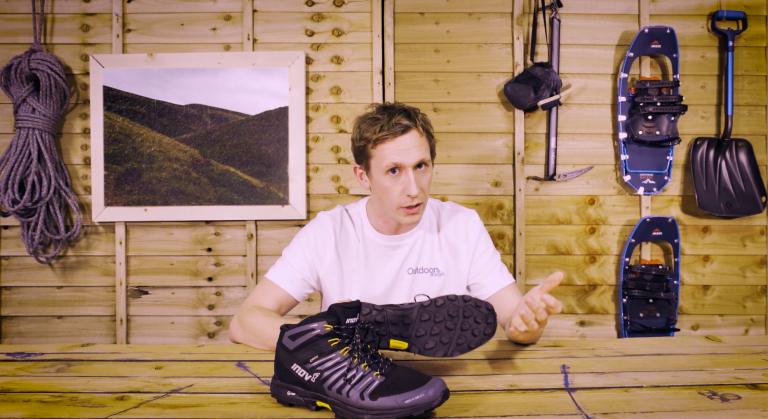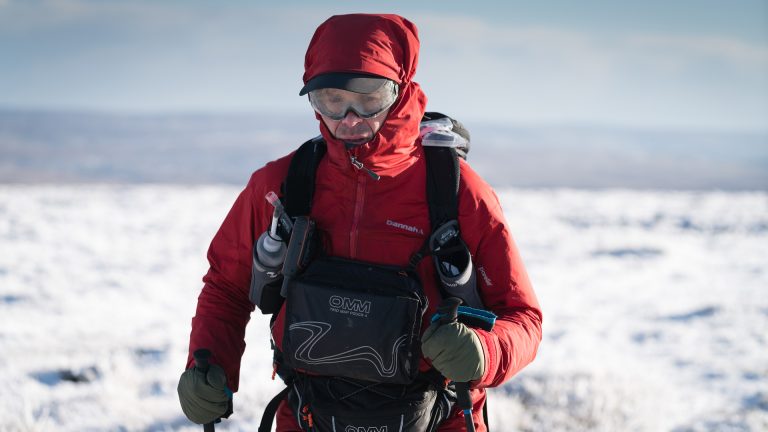What my to-do list looks like: “My daily tasks involve promoting our UK tour and collaborative events, as well as laying plans for the next festival. I’m the guy contacting guest speakers and filmmakers which, inevitably, means I’m watching a lot of films to try and spot new talent, so to secure excellent new content for our home and overseas markets. And because I’m responsible for key brand partnerships, I’m always meeting new and existing business partners too.”
How I got job: “I have design, consultancy and adventure sports in my background, which seems to have been the ideal combo for working with Kendal Mountain Festival. I started my adventurous journey as a young ski racer, but after a bad accident I decided to focus on a career in coaching, then moved to Norway to work in publishing and pay the bills before moving back to the UK in 1998 to work for a company in events and creative marketing. They also paid for me to study graphic design. Six years later, I started my own agency specialising in the outdoor markets.”
Best bit: “I love the unknown element. Somebody in the team could turn up on a Monday with an adventure story to share, a recommendation for a new film they’ve seen, or a new achievement they’ve accomplished over the weekend. Working with such a fit bunch of people definitely keeps me on my toes.”
Worst bit: “As every event organiser knows, sourcing investment to make the event happen comes with a lot of stress. And the hours can be really long, too.”
I wish I knew then what I know now: “Always strive to discover the motivation for your or someone else’s actions and decisions. You’ll be able work faster and smarter that way.”
Mountaineering Instructor and Guide
Ian Stewart, 36, decided early on that a ‘normal job’ wasn’t for him, and for the past 13 years has built a career based in the mountains that sees him ice climbing in the winter, trail running in the summer, and plenty more in between

What my to-do list looks like: “My work changes with the seasons. I could be ski touring, rock climbing, guiding or teaching navigation depending on what the weather is throwing at me. There’s a fair bit of admin to get through – maybe 15% of my time is spent at a desk – but that balance seems to work for me. I’m glad of the indoor rest, but always keen to get back to the hills.”
How I got my job: “After nine months in a local authority scheme designed to get people into the outdoor industry, I took a job with Outward Bound in Wales, working long hours on minimum wage with large groups from inner-city London and Birmingham. After a year I moved to the ‘Nightwatch’ scheme at Glenmore Lodge, which exposed me to proper mountain work. I gained higher qualifications and began guiding and instructing in Scotland’s mountains. I’ve worked as a freelance Mountaineering Instructor for a decade now, and in the past couple of years I’ve diversified into trail running and have my own company, Trail Running Scotland, which runs a variety of training courses and running holidays across Scotland.”
Best bit: “Passing on simple skills that’ll make a big difference to others. For example, the skill of navigation quickly opens up huge possibilities for exploring Scotland’s wild places.”
Worst bit: “It’s got to be managing weather. A perfect plan made in advance might simply become impossible in strong winds. That said, an inventive plan B can take on new adventures, so it’s not always bad.”
I wish I knew then what I know now: “Working in the outdoor industry very quickly stops being about the sport that got you into it in the first place – the enjoyment ceases coming from the climbing, biking and running, but instead the people you share it with, in the environment you love.”
Outdoor Equipment Designer
Dan Jenkin, 28, has been working for Lowe Alpine for two years, where he is currently designing the cutting-edge packs and products you’ll be taking on the hill next winter

What my to-do list looks like: “Right now we’re in the early design stages of AW20, which means a lot of drawing, making mock-ups, and testing ideas in our workshop. I think it’s the fun part of the whole process, because every idea is a possibility, and we have time to invest in experimentation.”
How I got my job: “I chose to study design at Sheffield, primarily so I could climb as much as possible whilst at uni. Then, despite having no experience in textiles, after getting my degree I landed a six-month design role at a consultancy, timfishdesign, working on packs for some of the biggest brands in the outdoor industry. I realised I could combine two of my biggest interests – the outdoors and design – and stayed for four years, then joined Lowe Alpine two years ago.”
Best bit: “Taking a design from a scribble on a piece of paper to the finished product that I can go and use. I never get bored of that.”
Worst bit: I’m always spotting ways to improve on my designs, so nothing ever feels complete. I do recognise, however, that never being fully satisfied is the thing that keeps me motivated and good at my job!”
I wish I knew then what I know now: “How to sew. I’ve been learning it since I started and am still working on it today. I’m competent enough to test out ideas, but you’ll never be able to sell what I’ve sewn together!”
You May Also Like:
Best Outdoor and Adventure Books This Year
The Best Outdoor Events and Activities in 2019
6 Things I learnt About Gear Over 1000km
